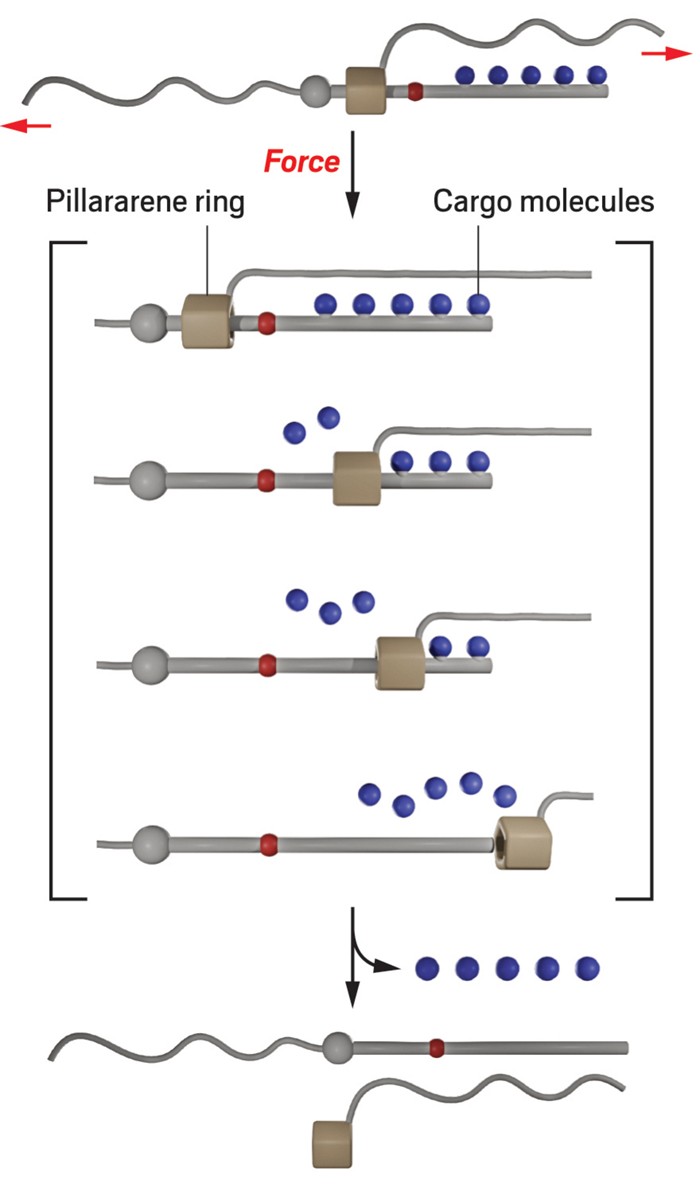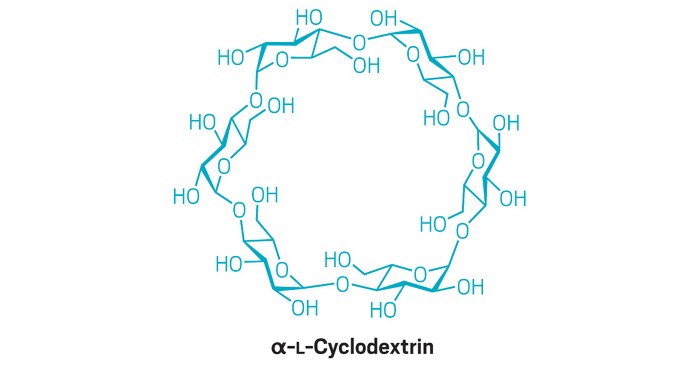Advertisement
Grab your lab coat. Let's get started
Welcome!
Welcome!
Create an account below to get 6 C&EN articles per month, receive newsletters and more - all free.
It seems this is your first time logging in online. Please enter the following information to continue.
As an ACS member you automatically get access to this site. All we need is few more details to create your reading experience.
Not you? Sign in with a different account.
Not you? Sign in with a different account.
ERROR 1
ERROR 1
ERROR 2
ERROR 2
ERROR 2
ERROR 2
ERROR 2
Password and Confirm password must match.
If you have an ACS member number, please enter it here so we can link this account to your membership. (optional)
ERROR 2
ACS values your privacy. By submitting your information, you are gaining access to C&EN and subscribing to our weekly newsletter. We use the information you provide to make your reading experience better, and we will never sell your data to third party members.
Synthesis
Latest MacArthur ‘Genius Grants’ Awarded
Honors: Organic chemist Phil Baran and materials scientist Craig Fennie are in the new class of fellows
by Celia Henry Arnaud
September 26, 2013
| A version of this story appeared in
Volume 91, Issue 39

Organic chemist Phil S. Baran and materials scientist Craig J. Fennie are among the 24 new MacArthur Fellows named by the John D. & Catherine T. MacArthur Foundation. The award, often called a genius grant, goes to researchers, writers, and artists who show extraordinary promise for advancing science and society. This year’s fellows are getting a funding boost: The five-year unrestricted award has been increased to $625,000 from the previous $500,000.

Baran, 36, is a chemistry professor at Scripps Research Institute, La Jolla, Calif. He is best known for his work to make pharmacologically active natural products using total synthesis. Baran’s group has developed methods that minimize the use of protecting groups to streamline syntheses. Just last month, his group reported the synthesis of ingenol, a compound used to treat precancerous skin conditions, in only 14 steps (C&EN, Aug. 5, page 7)
Baran had “no clue” the award was coming, he says. His response was one of “utter shock and disbelief followed by a deep sense of responsibility,” he adds. “The lab is quite humbled and any and all credit should go to the talented and passionate students and postdoctoral scholars.”
Baran already has plans for how to spend the money. “We’ll be pursuing directions and ideas that would have been difficult or impossible to fund outright without extensive preliminary data,” he says.
Fennie, 40, is an assistant professor in the School of Applied & Engineering Physics at Cornell University. His group combines theoretical physics with solid-state chemistry to design new materials. They computationally build those materials atom by atom using quantum mechanical first principles. The new materials could be used for fabricating optical and electronic devices.
“I’m interested in the rational design of materials that have the properties you want them to have,” Fennie says. “I’d like to take this approach and uncover new materials with qualitatively different types of properties than those we have been thinking about over the years. A lot of new physics and a lot of new solid-state chemistry will need to be done to gain the intuition I need to accomplish this task.”




Join the conversation
Contact the reporter
Submit a Letter to the Editor for publication
Engage with us on Twitter